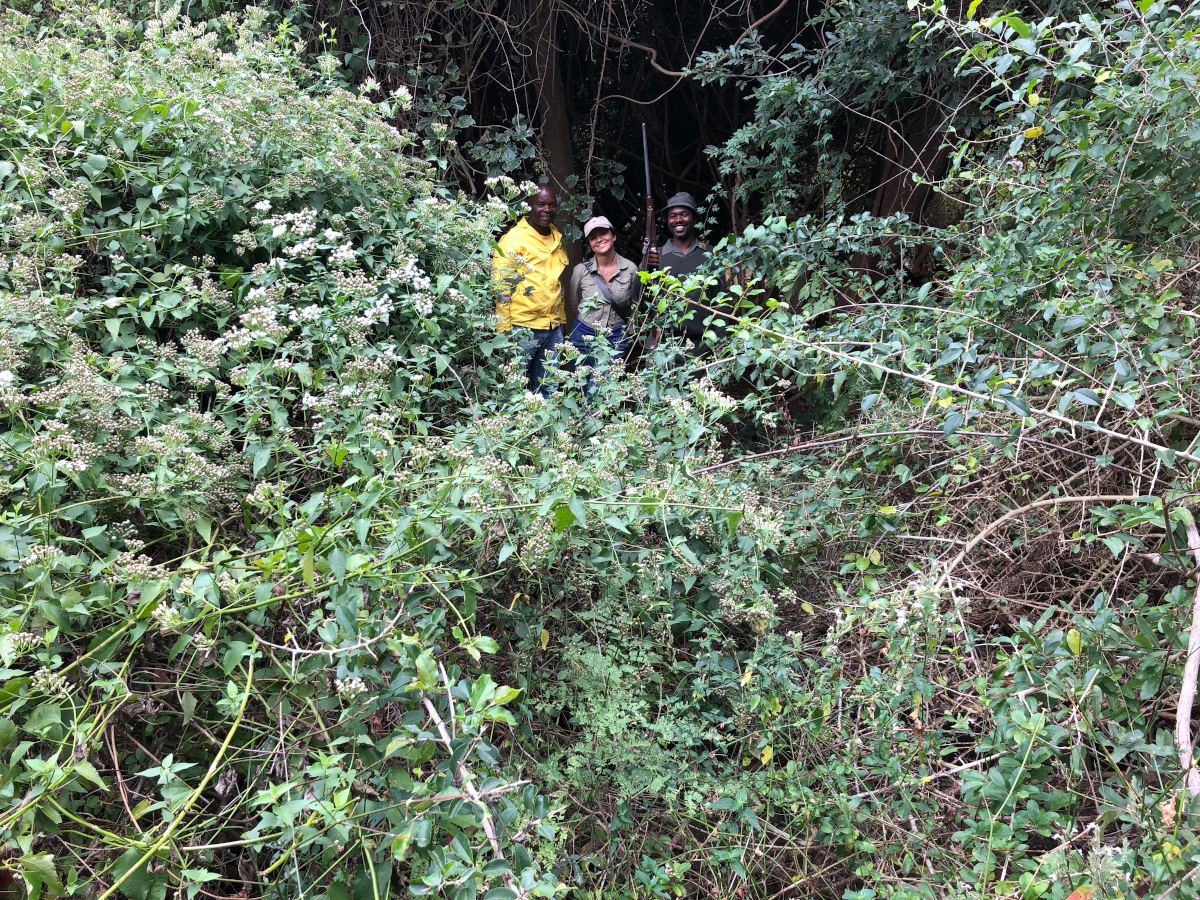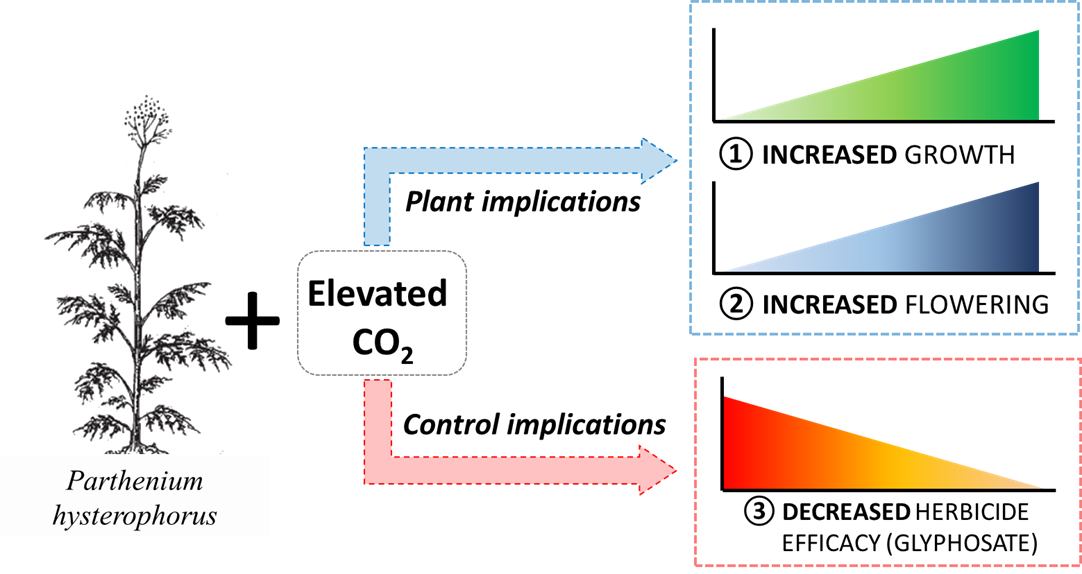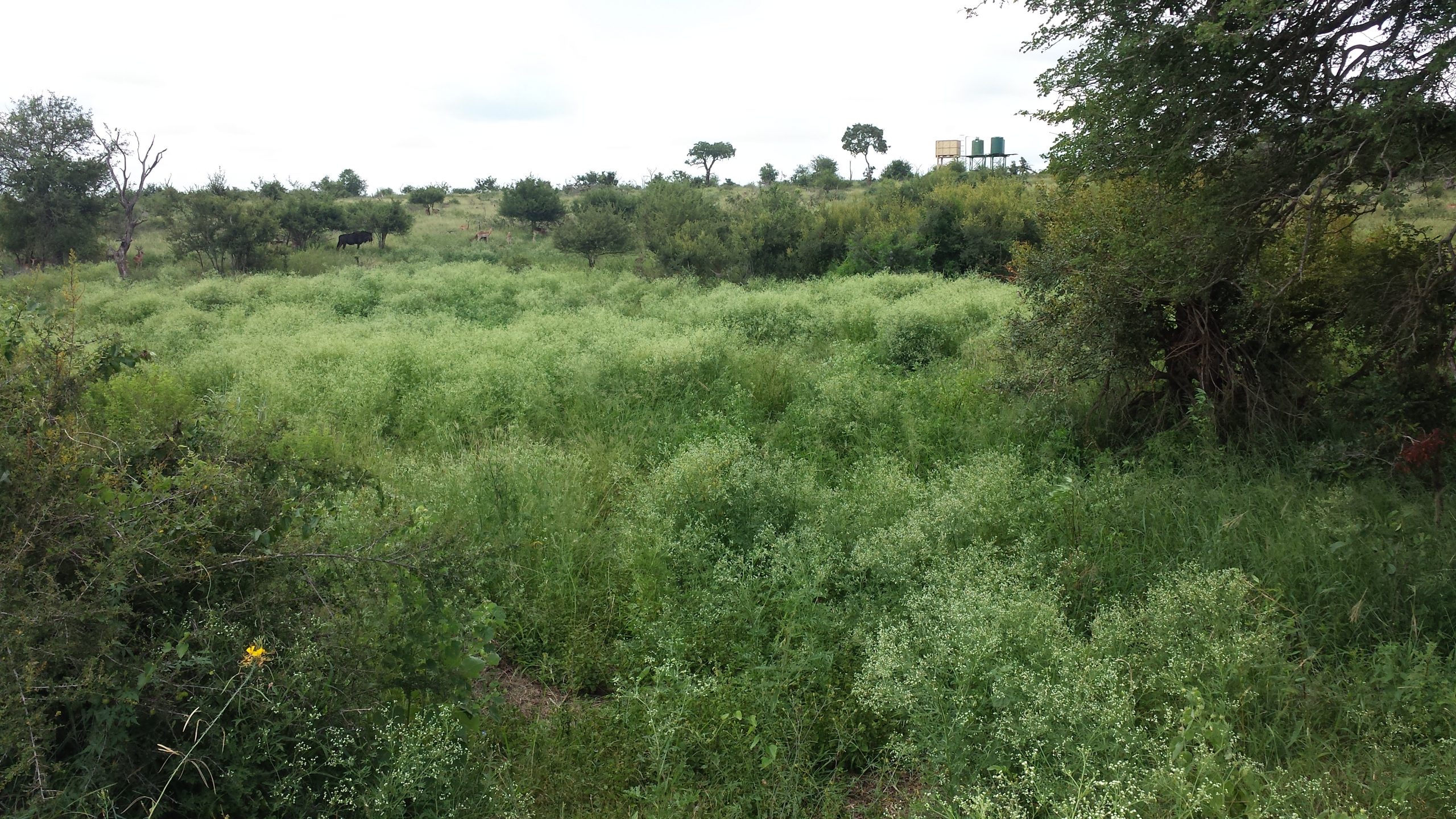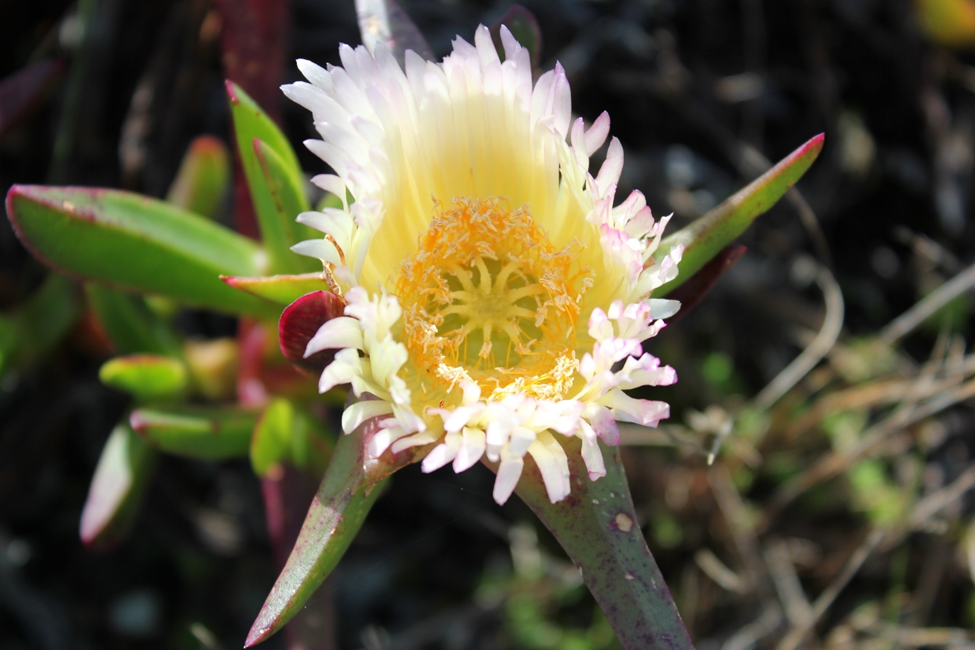Invasive plants are more phytochemically diverse than native counterparts
When comparing three invasive alien plants (IAP) in South Africa to their native counterparts in the United States, a clear increase in phytochemical diversity in the invaded region was found, highlighting the role of secondary metabolites in plant invasions.





